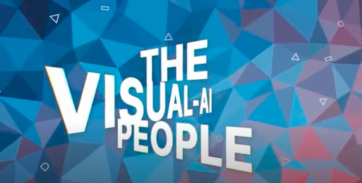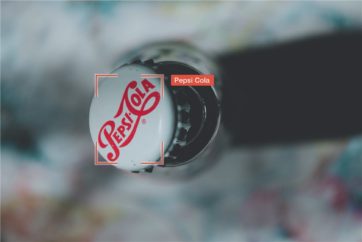What Brands Can Learn from the Way Consumers Purchase in the Digital Age
As consumer purchasing is increasingly shifting to the online space, today’s customers are 60% through their buying journeys by the time they reach their final purchasing decisions. This means that their purchase behaviour is changing as they are much more aware of how brands are marketing and advertising to them.
This doesn’t mean that brands can no longer effectively advertise to consumers; they simply have to change how they are advertising. In fact, brands can leverage the ways in which their customers are buying to their advantage just by analyzing their behaviour during each stage of the sales funnel. But it’s not just about understanding how they purchase; it’s also about why they purchase the way that they do.
Brand affinity is a metric that allows market researchers to make predictions based on how a consumer will behave. Market researchers should be using this metric in order to fully understand what motivates customers to make certain purchase decisions (or to not make certain purchase decisions).
Brands should ideally focus on building strong brand affinities that deliver long-term benefits to the overall brand rather than focus on generating immediate revenue. When it comes to implementing sales and marketing strategies and analyzing consumer behaviour, there are a few things brands should keep in mind…
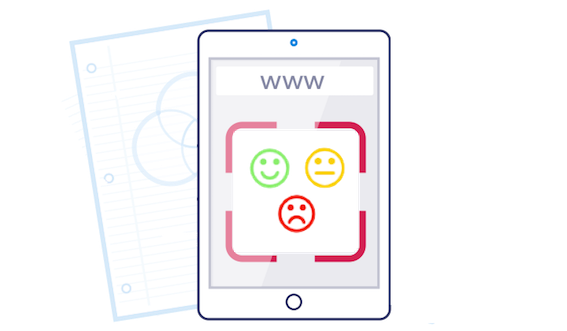
1. Buyers are emotional
As consumers, when it comes to making important online purchasing decisions, we have a tendency to be emotional rather than rational. However, we use both our rational and emotional brains when it comes to filtering information, so brands are in the strongest position when they can appeal to both mindsets.
Emotional purchasing can manifest itself in many ways. For example, customer loyalty to certain brands can have an impact on their purchasing decisions if they are considering switching to that brand’s competition. So brands should aim to create emotionally-driven campaigns that strengthen the bond between them and the customer if they want to appeal to their emotional mindset.
Including an element of emotion in the digital content of your sales and marketing campaigns will ensure that your brand is appealing to your audience’s emotional side. A way in which brands can leverage emotion in the Digital Age is through creating a brand personality.
The theory behind brand personality is that humans feel more affinity to certain brands when the personality they embody matches that of the customer. That is why understanding your customer is so important. Ensuring that you are creating and referring to customer personas and profiles will be useful when it comes to matching your brand’s personality to theirs.
2. Buyers like familiarity
The psychologist Tom Ward asserts that when we think about anything before making a decision, we tend to follow the path of least resistance. “Without realizing it, we instantly and automatically categorize every situation we see based on our previous experience”.
In the context of consumer purchasing decisions, buyers tend to go for the easier or simpler option, even if that decision proves to be more costly in the long run. When their preferences are uncertain, this further contributes to their succumbing to the path of least resistance, especially if the number of options provided is particularly vast. People are also driven by their past experiences and even when we are looking to try something new, we tend to rely on our memories to make decisions about what we should and shouldn’t buy.
Buyers also have a habit of relying on cognitive fluency. This is the human tendency to favour things that are familiar and easy to understand. For brands, making sure that online purchasing is as easy to navigate as possible is imperative to ensuring more purchases. Small changes or complete re-branding can seem refreshing from the point of view of the brand, however, from the perspective of the customers, it can seem overwhelming and unexpected.
Directly asking your customers what they like about their online purchasing experiences with your brand and what they don’t want to be changed will ensure familiarity and security among your customers and in their future online purchasing experiences.
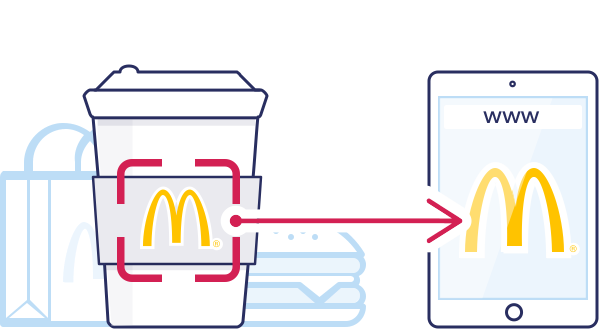
3. Buyers expect mobile
78% of mobile searches for local business information result in a purchase. This is great news for brands, especially if they are in the midst of devising a mobile strategy. It is important to keep the environments in which your customers might be using a mobile browser to search for information in mind, as mobile users tend to perform quick tasks, often in a distracting public environment. Tailoring your brand’s mobile experience to suit these environments will create a far less stressful mobile engagement experience for users.
If your brand’s landing page is too long, it can also deter your customers from purchasing by making your offer appear too complex and if it is too short, it can deter them by potentially making your brand seem unprofessional or untrustworthy.
Approximately 70% of consumers prefer mobile websites over mobile applications across devices. This is very useful information to have on hand as your brand can adapt any mobile campaign to suit the majority of consumers out there. In this case, using a web browser for any form of mobile engagement campaign would be preferable for consumers over a mobile application, as an app would require the user to physically download it themselves.
A good mobile experience keeps the user experience quick and easy to understand, with little to no need for user input. So mobile is a great resource for brands to take advantage of, but knowing how to leverage it for the best results is a must.
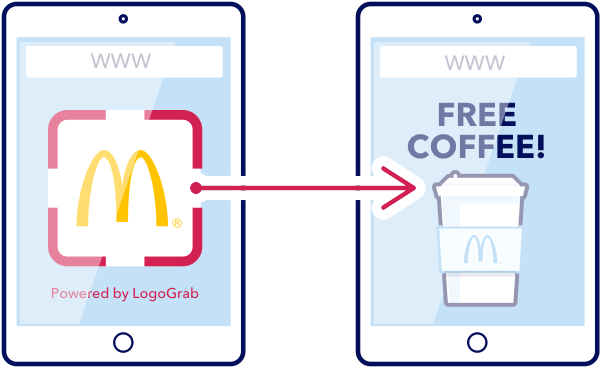
4. Buyers want instant gratification
In the Digital Age, almost everything we consume is instant. We crave access to products to be available to us as soon as possible, and if we can receive them instantly- even better. So if your brand offers a product or service, incentives are a good way to go. For example, you could offer customers access to exclusive online competitions or coupons once they sign up. This gives them instant gratification without immediately seeing the results of what they originally intended to purchase.
According to an in-depth study carried out by Help Scout, people are more likely to take action when minimal parameters are set. Oftentimes, if there are too many actions required to be taken by a customer and those actions aren’t particularly straightforward, they will potentially get disillusioned by the whole experience and “action paralysis” can occur. Consumers are more inclined to get involved when they are helping a cause, but action paralysis can still get in the way.
Book A DemoRELATED
 Video: We Are VISUA - Discover why we’re the Visual-AI people - delivering cutting-edge computer vision solutions ranging from logo/mark detection and counterfeit product detection to holographic authentication and phishing detection... Posted in: Everything Else
Video: We Are VISUA - Discover why we’re the Visual-AI people - delivering cutting-edge computer vision solutions ranging from logo/mark detection and counterfeit product detection to holographic authentication and phishing detection... Posted in: Everything Else 4 Ecommerce Trends – Updated for 2022 - Reading Time: 3 minutes As 2022 is well underway, new trends are beginning to emerge within the world of ecommerce. The online retail industry saw an […] Posted in: Everything Else
4 Ecommerce Trends – Updated for 2022 - Reading Time: 3 minutes As 2022 is well underway, new trends are beginning to emerge within the world of ecommerce. The online retail industry saw an […] Posted in: Everything Else 8 Visual-AI FAQs - Reading Time: 5 minutes 1. What is Visual-AI? Visual-AI is the identification of objects and logos within an image. When using Visual-AI technology, images or videos […] Posted in: Everything Else
8 Visual-AI FAQs - Reading Time: 5 minutes 1. What is Visual-AI? Visual-AI is the identification of objects and logos within an image. When using Visual-AI technology, images or videos […] Posted in: Everything Else
Could Computer Vision be the Solution to the International Luggage Issue?
Reading Time: 4 minutes The explosion in world travel after the easing of lockdowns and travel restrictions has seen airports struggle to cope. One of the […]
Everything Else TechnologyFranco De Bonis Interview With Private Internet Access
Reading Time: < 1 minute VISUA Marketing Director Franco De Bonis sat down to chat with Private Internet Access recently to discuss our offering. Franco details the […]
Everything ElseThe History of the Logo
Reading Time: 4 minutes The beginning of logo design We all know that a logo has the potential to be a very powerful asset for a […]
Everything Else

